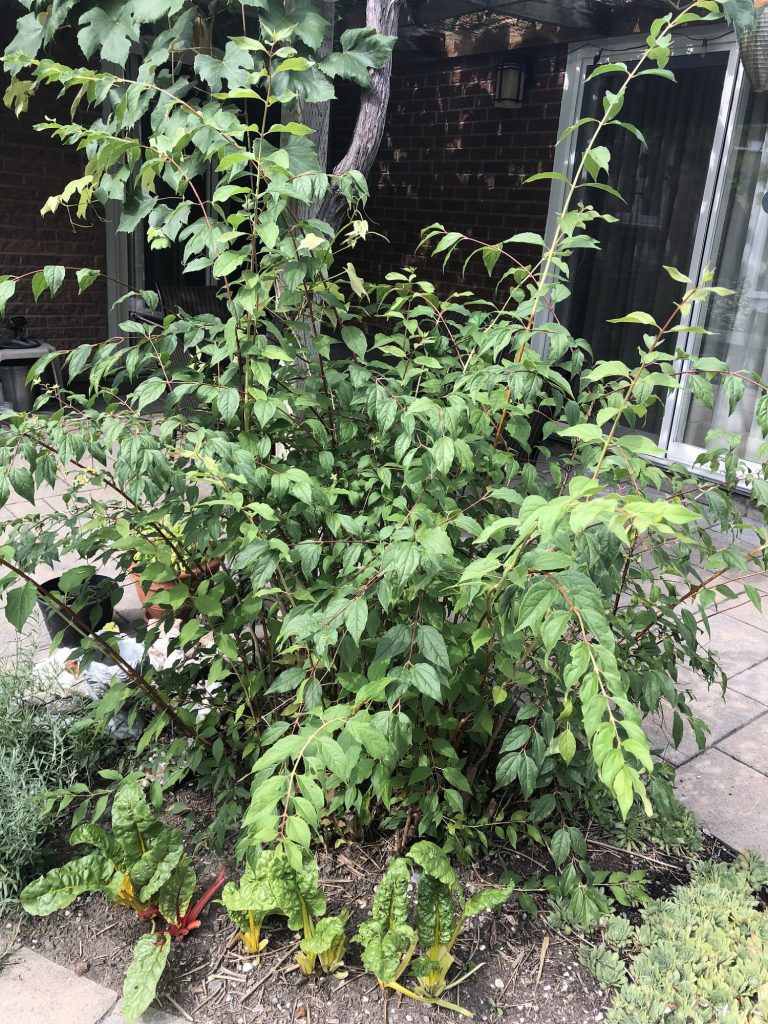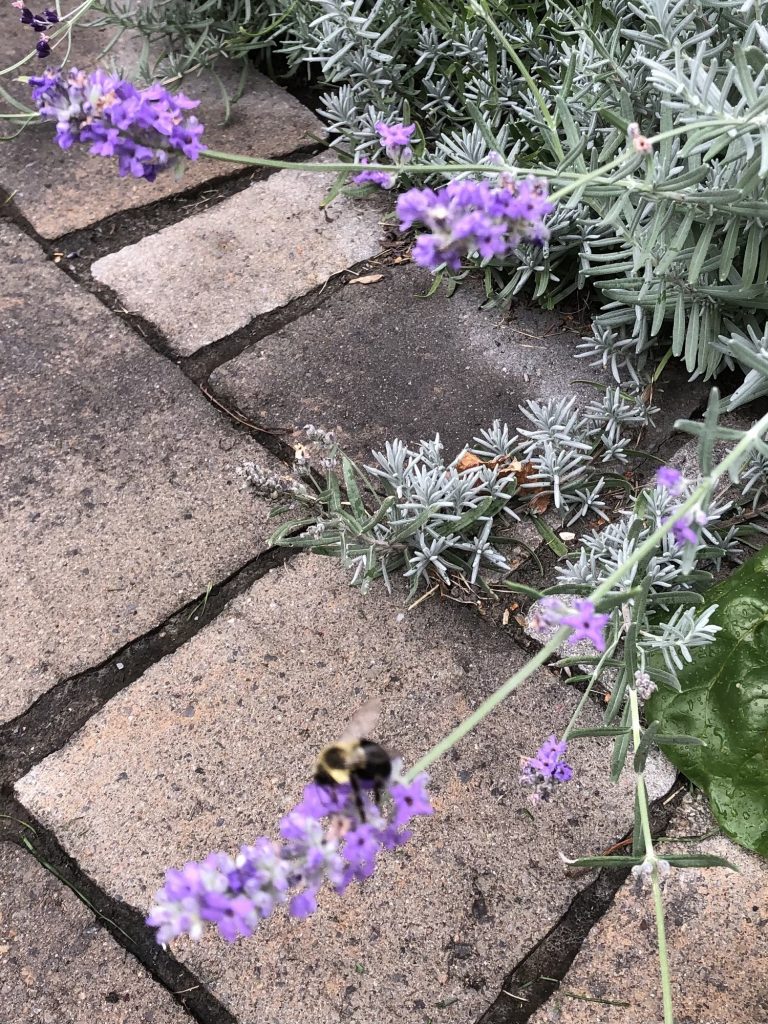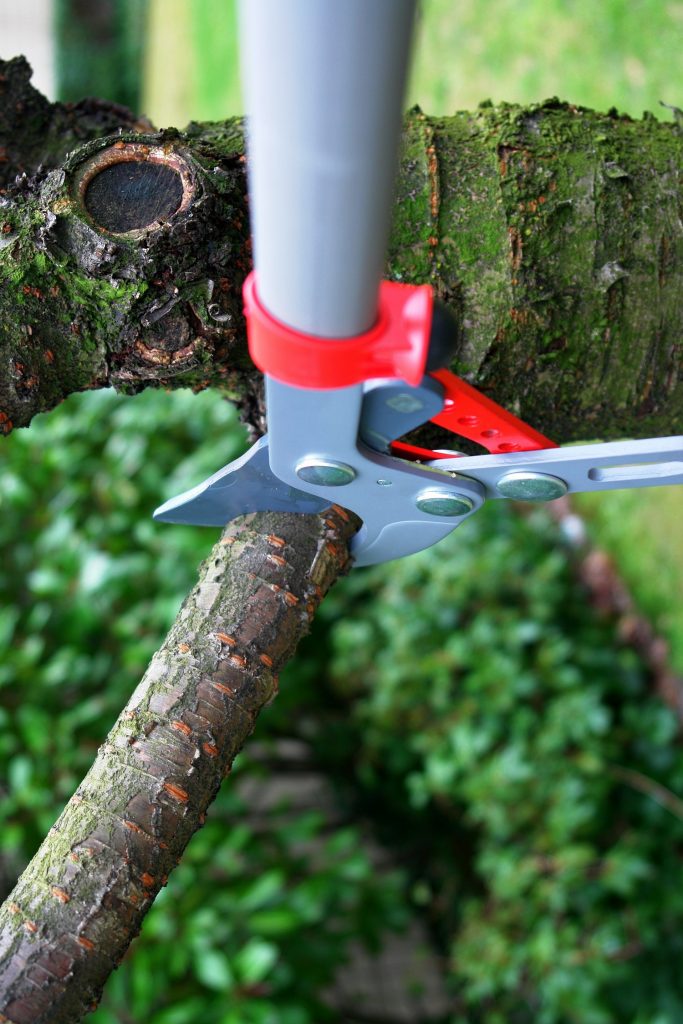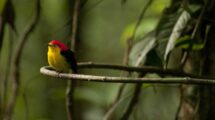In the Garden
By Mary Crawford
Plan now to be ready for spring
It’s deep into winter, snow covers the earth, and seed catalogues are landing on the doorstep, but gardening still feels so far off. What to do? Here’s a thought—get ready to prune!
Those winter-bare branches offer a golden opportunity to do any necessary pruning as the growing season draws closer. And what better time to clean and sharpen your tools?

A few pointers
The first rule of pruning is to remove any dead, diseased or dangerous branches for plant health and human safety as soon as noted. If that shrub by the driveway rubs against the car door, prune off enough branches to avoid damage to the plant and the car. If it threatens to poke unwary visitors, cut it back. You can trim for aesthetics later.
Most trees benefit from being pruned in their dormancy before the sap flows. Late winter, once the fiercest cold subsides, is ideal for trees.
Trees should be pruned early in their growth to help them develop their ideal form. Pruning trees early is also easiest for the home gardener as there is less volume to deal with and less risk of injury. Remove any crossing branches and consider the spacing between branches. Will the mature tree have room between branches for healthy development? For trees with a central leader, remove a secondary leader if one develops. For trees with an open habit, prune to allow in adequate light. Removal of branches should be to a main joint or just above an outside node on a slight angle to allow water to drain off. Remove no more than 25 per cent of the tree mass.
Shrubs, on the other hand, need little pruning early on, but more as they mature. Thinning and reducing height are needed to maintain the health, size and shape of your shrubs. The improved air circulation and light penetration will reap many rewards.
Learning when to prune your shrubs is worth some research, but the basic rule of thumb is to prune after blooming. For late-bloomers such as PeeGee hydrangeas (Hydrangea paniculata), late-winter pruning is ideal as they will produce flowers on new wood—the coming year’s growth. I leave my Annabelle hydrangeas (H. arborescens) until early spring to prune as well—to continue enjoying the plant in the fall landscape, maintain food for animals and remove winter kill.
Spring-flowering shrubs such as lilacs (Syringa spp.) should have their spent flower heads removed right after they bloom. This redirects energy away from seed production and toward next year’s bud growth, or, in the case of repeat-blooming lilacs known as ‘Bloomerang,’ the next flush of flowers later in the season.
Mounding and cane habits
Shrubs with a mounding habit, such as spirea (Spiraea spp.), enjoy a good haircut with the shears after flowering. Reach inside to thin out some of the heavier old branches as well. If you didn’t get around to this last year and the plant is overgrown, just wait a bit until the weather warms and then prune. You will still enhance air circulation and overall appearance.
Lavender (Lavendula) is another mounding plant and one that can enjoy a double round of pruning. A short cut mid-summer just below the faded flower heads will encourage a second (though less prolific) blooming. Shear it again in fall, roughly half the stem length but not down to the wood. This later pruning allows the plant to bulk up before winter and be ready to roll come spring.
Many shrubs have a cane habit, which requires cutting out individual stems down to the base of the plant after blooming. For years, I cut the canes on my mock orange (Philadelphia virginiana)
only halfway and ended up with a shrub wildly out of control. Removing some of the thicker, older canes right to the ground and enough of the weaker young canes has turned things around. The guide for removal of canes is no more than one-third of the entire plant in any one year (though I have sometimes taken more and still the plant thrives).
Roses are a beloved category of their own and benefit from pruning once warmer weather approaches, roughly mid-April in Ottawa. Cut out one or two of the oldest canes every year, and trim
other canes according to the type of rose. Floribunda roses (clusterflowered) can be cut shorter (30- 45 centimetres) than the large-flowered hybrid teas (60 centimetres).

Finally, raspberries and the like are classic cane-habit plants and require pruning, but the berries grow on old wood so make sure to leave plenty for next season. Everbearing raspberries have slightly different pruning requirements as the canes produce fruit in the fall of their first year. Then, the following summer, there is a
smaller crop on those same canes. So, when you are pruning in the fall, cut out the two-year-old canes and only the top (the part that has already produced fruit) of the first-year canes. The garden in our mind
If we can’t get into the garden just yet, we can still plan how and when we will tend to our dear green things in the course of time. Here’s to all them lovely plants that await the warm touch of spring— and your groomer’s touch along the way.
After several years of gardening in a rural setting, Mary Crawford moved back to the city and particularly enjoys connecting with the forest ecology along the Ottawa River. She joined the Master Gardeners of Ottawa- Carleton to improve her knowledge of botanical science.

Tool primer
Bypass hand pruners: Quality bypass hand pruners are the gardener’s most important pruning investment. “Bypass” refers to the cutting blade, which cuts past the blunt piece of metal that holds the plant stem in place, like scissors. There are many choices so make sure the pruner feels comfortable in your hand and that the blade is made of quality steel. Some hand pruners are adjustable for width of opening, which can be useful for smaller hands.
Loppers: Loppers are pruners with long handles. They allow you to reach further into your shrubs or trees and can have bypass or anvil blades. “Anvil “heads, in which the top blade chops down onto the bottom blunt piece, work well on older wood, like dead cedar branches. The bypass head is best for smaller, live stems.
Garden shears: Shears have two handles with long blades and are used for giving haircuts to hedges and shrubs with a mounding habit. There are electric models for this job as well if you’re feeling ambitious.
Pruning saw: These small saws can nicely detach a branch that is too big for pruners but not so thick that a tree surgeon needs to be called.






